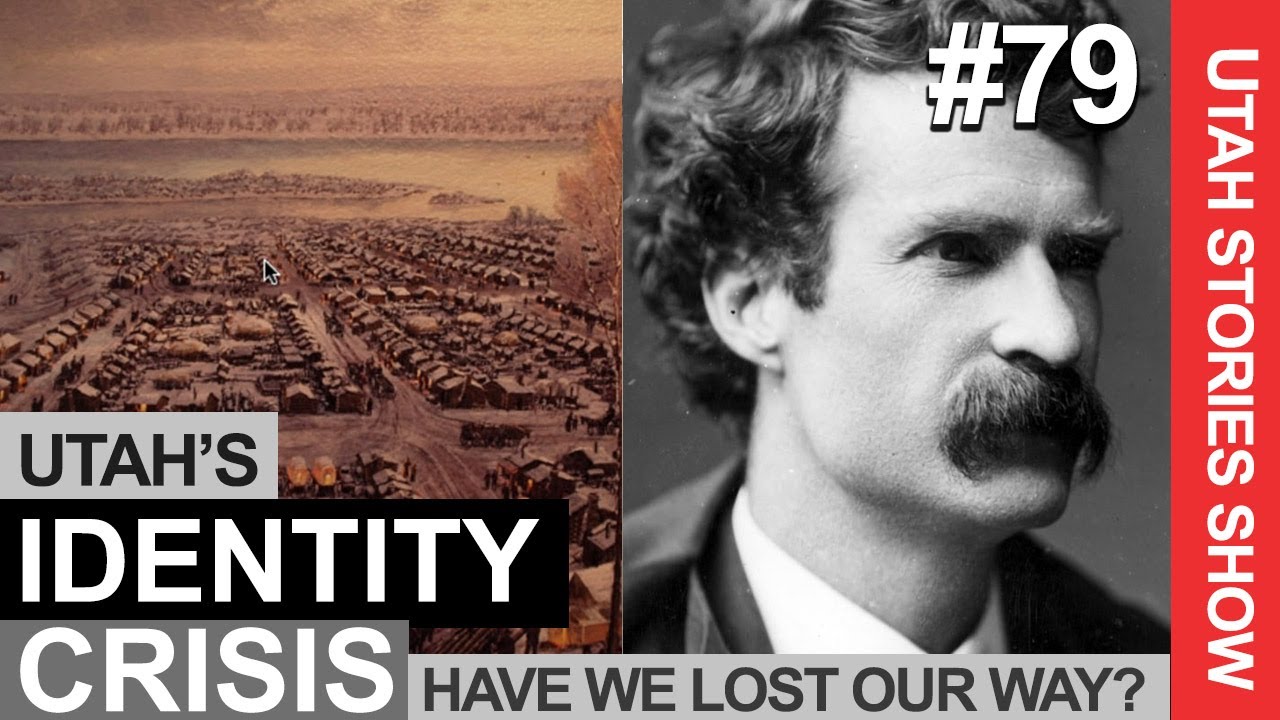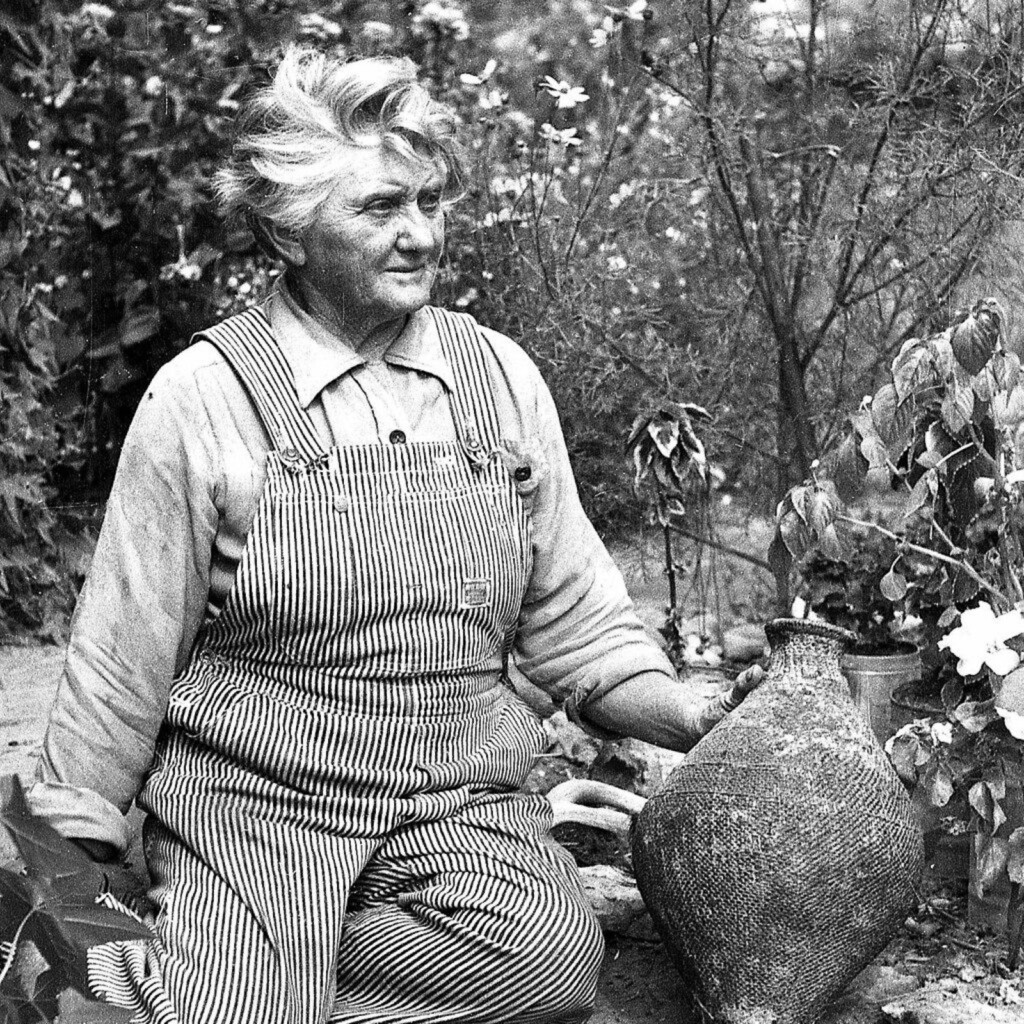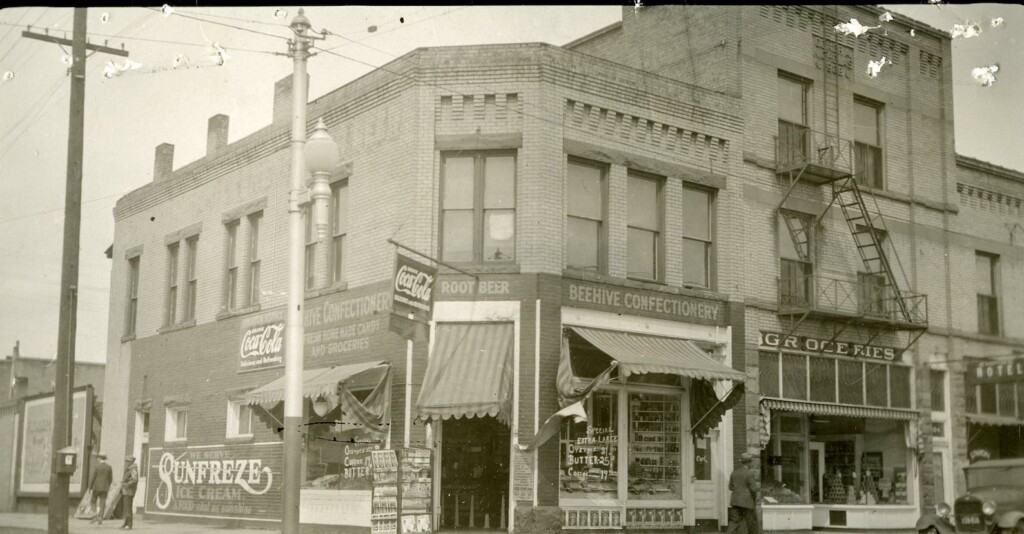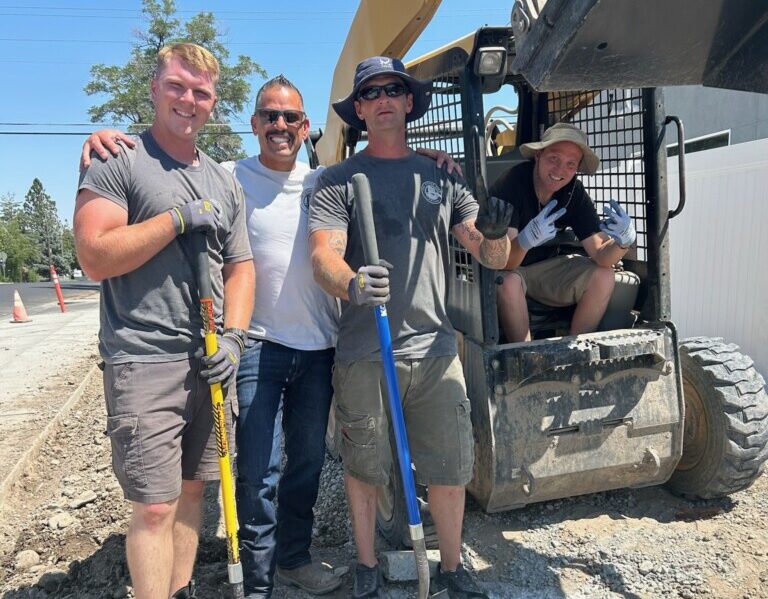Get the story behind the settlement and development of the Great Basin in this episode of the Utah Stories Show that dives deep into Mormon Pioneer history and the community building efforts of the early pioneers. Find out what they had right, that we have largely forgotten.
Why is this relevant today?
Utah has now more tech jobs per capita than any other state. Our educated workforce, strong family values, and comparatively cheap real estate have successfully landed big tech in little Utah.
But what is to stop Utah from becoming just like California? Great for the elite tech workers and rich; but terrible for middle-class working Americans who are only watching their dreams of owning homes and businesses disappear.
Utah once had very clearly defined priorities and values. Those values defined the entire Great Basin area and most western states. The values were to keep government small, maintain a strong middle class and maintain limited government by maintaining a strong civic partnership between small and medium-sized businesses and government.
Today, more than ever our government is operating like a plutocracy, for the rich, by the rich — and catering to big corporations and massive tech companies. It’s time we returned to the original western values which defined the culture of the region.
Brigham Young and Joseph Smith’s ideals to create strong local economies and communities have been largely forgotten. In this episode, we illustrate how Brigham Young and the Latter-day Saints successfully built nearly 600 small communities throughout the West, from Canada to Mexico and throughout the entire Great Basin.
Follow Utah Stories on Instagram, Facebook, and Twitter.
You can also support Utah Stories by supporting our advertisers and subscribing to our monthly print magazine.
RELATED STORIES:
Will Utah Turn into California?
Salt Lake’s Eclectic Past: Salt Lake’s Extensive History of Quarantining Its Residents
The Corrupted Leader Who Tainted Utah’s Medical Cannabis Program
Subscribe to Utah Stories weekly newsletter and get our stories directly to your inbox






